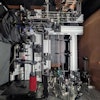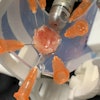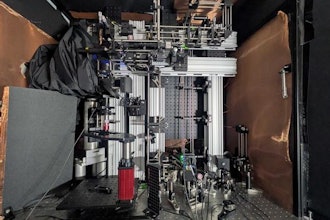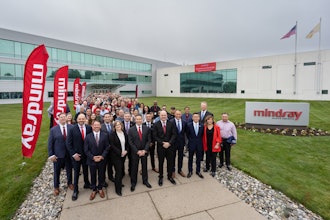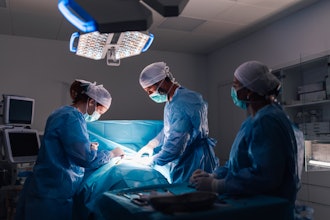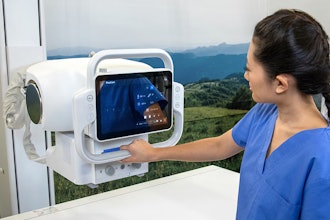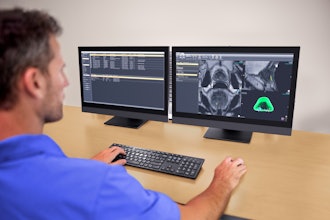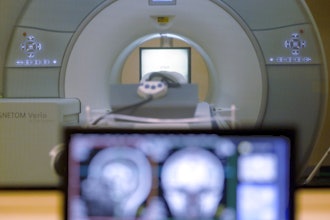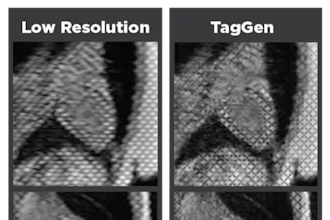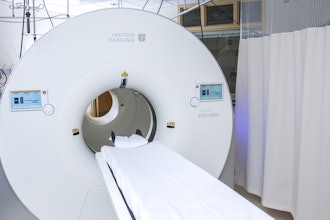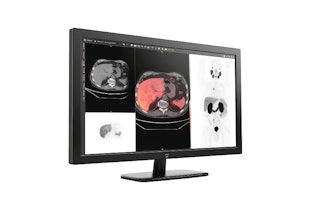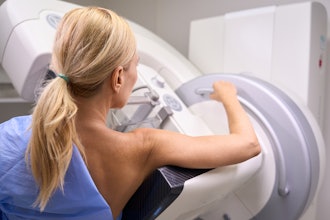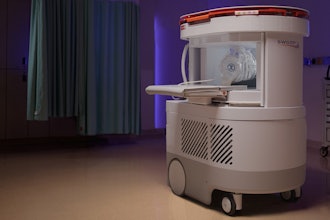
GE HealthCare (Nasdaq: GEHC) today announced the FDA clearance and launch of Sonic DL – a state-of-the-art deep learning-based technology designed to dramatically accelerate image acquisition in magnetic resonance imaging (MRI). Sonic DL enables new imaging paradigms, such as high-quality cardiac MRI in a single heartbeat. This breakthrough expands GE HealthCare’s industry-leading AI-enabled solutions portfolio.
Caraiac MRI is the gold standard for assessing the structure and function of the heart in cardiovascular disease; however, its adoption globally remains relatively low, in part due to lengthy exam times. The current acquisition speed of MRI is too slow to capture the heart's contraction in real time, therefore requiring several heartbeats and multiple breath-holds. This process is time-consuming, prone to image quality degradation, and exhausting for patients. Consequently, there is a pressing need to address the growing demand for fast, high-quality, and comfortable cardiac MR imaging.
To address this need, GE HealthCare is introducing Sonic DL for cardiac MRI. Sonic DL technology is designed to scan up to 12 times faster compared to conventional methods, enabling rapid cardiac MR functional imaging in as fast as a single heartbeat, matching the speed of MRI to the speed of physiology. This advancement minimizes or removes the need for repetitive patient breath holds, simplifying procedures and expanding the pool of patients eligible for cardiac MRI to include arrhythmic patients and those with difficulty holding their breath.
Sonic DL’s capability to reduce cardiac MRI scan times by up to 83% also helps enhance productivity in radiology departments, streamlining workflows, alleviating backlogs, and reducing the burden on staff. Its cutting-edge technology tracks the beating heart with unparalleled image quality and overcomes the limitations of conventional acceleration techniques.

